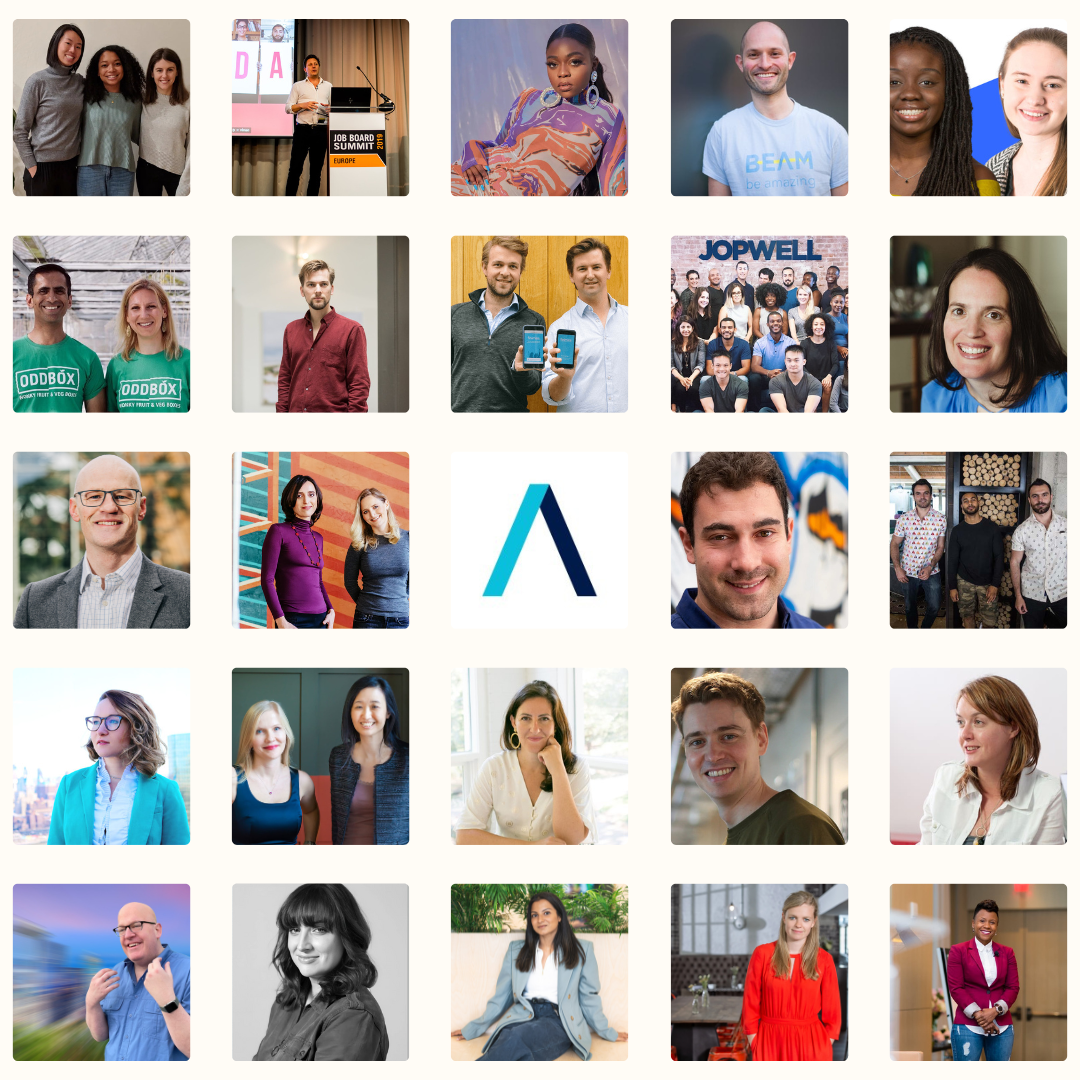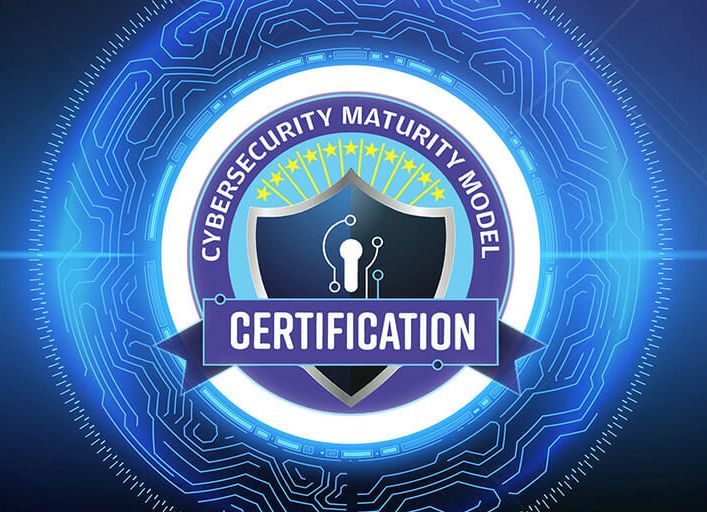According to a survey conducted by Gallup, only 34% of U.S. workers are engaged in their jobs, indicating a significant challenge in maximizing productivity. Creating an office environment that fosters productivity not only benefits the bottom line but also enhances employee satisfaction and engagement.
By making a few simple changes to the working environment in the office, businesses can harness their workforce's full potential. In this article, we'll explore practical strategies and techniques to optimize your office environment and maximize productivity among your team members.
Designing an Ergonomic Workspace
Start by evaluating the physical layout of your office space. If you are requiring your employees to work from the office, the space should be designed with their comfort and safety in mind.
For example, designing workstations with ergonomics in mind can reduce the risk of repetitive strain injuries. Invest in adjustable desks and chairs, ergonomic keyboards and monitor risers to support proper posture and alignment.
Where possible, create designated areas for collaboration and focus work, allowing employees to choose the environment that best suits their tasks and preferences.
Maximizing Natural Light and Ventilation
Natural light and fresh air have a significant impact on mood, energy levels and cognitive function. Try to arrange workspaces to maximize access to natural light by positioning desks near windows and using light-colored walls and furniture to reflect sunlight.
Ensure proper ventilation and air circulation throughout the office to maintain a comfortable and productive indoor environment, especially in busy locations such as offices in London or New York. Another way to improve air quality and reduce pollutants could be to consider installing air purifiers or plants in the office.
Minimizing Distractions and Noise
Distractions can derail productivity and disrupt workflow. To ensure long periods of focus, take steps to minimize noise and distractions in the office by implementing sound-absorbing materials, such as carpets, curtains and acoustic panels.
Establish clear guidelines for noise levels and encourage respectful communication among team members. provide designated quiet areas or soundproof booths for employees who may also need to focus on complex tasks or sensitive projects.
Streamlining Workflows and Processes
Streamlining workflows and eliminating unnecessary bottlenecks can help employees work more efficiently and effectively. As a business owner, evaluate existing processes and identify opportunities for automation, digitization and optimization.
Implement project management tools, communication platforms and collaboration software to streamline task management, facilitate real-time collaboration and track progress.
It is important to encourage open communication and feedback within your organization to identify areas for improvement and innovation.
Cultivating a Positive Work Culture
A positive work culture is essential for fostering motivation, engagement and productivity among employees. Lead by example and cultivate a culture of trust, respect, and accountability within the organization.
Recognition and reward are valuable tools to promote productivity in your workforce, therefore actively celebrate achievements, milestones and contributions from team members. This should encourage collaboration, teamwork and knowledge sharing to foster a sense of camaraderie and belonging.
Promoting Health and Wellness
Prioritize employee health and wellness by offering programs and initiatives that promote physical, mental and emotional well-being. Provide access to fitness facilities, wellness workshops, and mindfulness programs to support a healthy lifestyle for your staff.
Your teams should not feel burnt out. Make sure you encourage regular breaks, hydration, and healthy snacks to boost energy levels and cognitive function throughout the day. Offer flexible work arrangements, including remote work options and flexible scheduling, to accommodate diverse needs and preferences.
Closing Thoughts
Creating a productive office environment requires addressing physical, environmental and social factors. By implementing some of the techniques in this article and making simple changes to the office surroundings, employers can empower their teams to perform at their best.
Remember, productivity is not just about working harder—it's about working smarter and creating conditions that enable employees to thrive and succeed.









